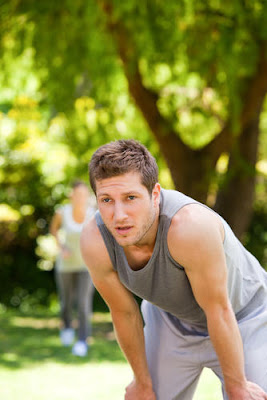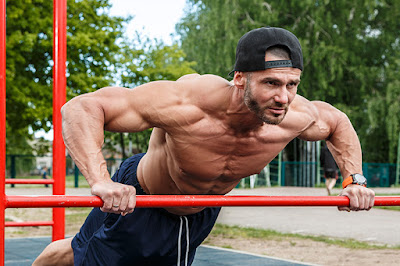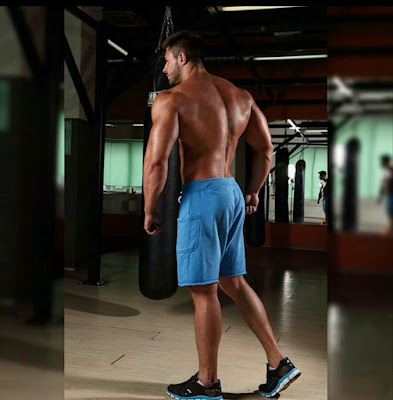According to a survey by the American Academy of Family Physicians, 38 percent of men go to the doctor only when they’re extremely sick or when symptoms don’t go away on their own. But feeling healthy isn’t the same as being healthy, and waiting around for problems to get better with time could lead to complications or late diagnoses.
Men interested in protecting their well-being need to be vigilant about symptoms that could indicate potential health conditions. A warning sign can be subtle and present for some time before you take note of it. Or it can be immediate, painful, and worrisome. In either case, if you experience any of the following symptoms, see your doctor so you can get an evaluation of your health risk.
1- Chest Pain:
Most people associate chest pain with a heart attack, but it could be caused by a different health condition. You could have another type of heart problem, like angina, or a lung condition such as pneumonia, a pulmonary embolism, or asthma. Or it might be a gastrointestinal health condition such as acid reflux or a stomach ulcer. All of these need a doctor's attention.
2- Bloody Urine:
Blood in your urine is a cause for concern, particularly if it is plentiful enough that you can see it with your naked eye. Bloody urine is a prime symptom of prostate cancer or an enlarged prostate. It could also be due to either cancer or stones in your bladder or kidney. Kidney disease or injury can cause bloody urine as can inflammation or infection of the bladder, kidney, or urethra.
3- Shortness of Breath:
Shortness of breath is another symptom that can mean any number of things when it comes to men's health. It can signal a heart attack or congestive heart failure. Or you might have a lung disease such as lung cancer, chronic obstructive pulmonary disease (COPD), chronic bronchitis, emphysema, asthma, or pulmonary hypertension. Shortness of breath also is a symptom associated with anemia.
4- Hair Loss:
Hair loss is a common concern of middle-aged men. Men recovering from a major surgery or illness may temporarily lose their hair, as can men under severe emotional stress. While it is a natural part of aging, hair loss also can also serve as a warning for a more serious men's health condition, such as an autoimmune disease like lupus, infectious diseases like syphilis, thyroid disease, or ringworm.
5- Erectile Dysfunction:
About 70 percent of cases of erectile dysfunction are caused by another condition, making this a warning sign that you may be facing a serious medical issue. Diseases that can cause erectile dysfunction include diabetes, heart disease, atherosclerosis, kidney disease, neurologic disease, chronic alcoholism, multiple sclerosis, and vascular disease. These conditions affect a man's ability to achieve erection by damaging nerves, smooth muscles, arteries, and tissues.
6- Fatigue:
Fatigue involves an ongoing lack of energy and motivation and is a normal response to circumstances such as stress, physical exertion, or lack of sleep. However, fatigue also can be a symptom of a more serious physical or psychological health condition. Illnesses linked to fatigue include cancer, congestive heart failure, diabetes, arthritis, infections, and kidney or liver disease. Fatigue also can be part of health problems like anemia, depression, sleep disorders, or a malfunctioning thyroid gland.

























